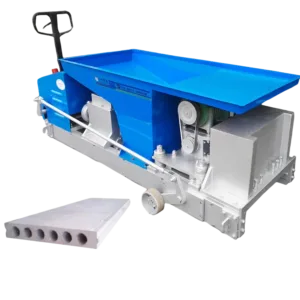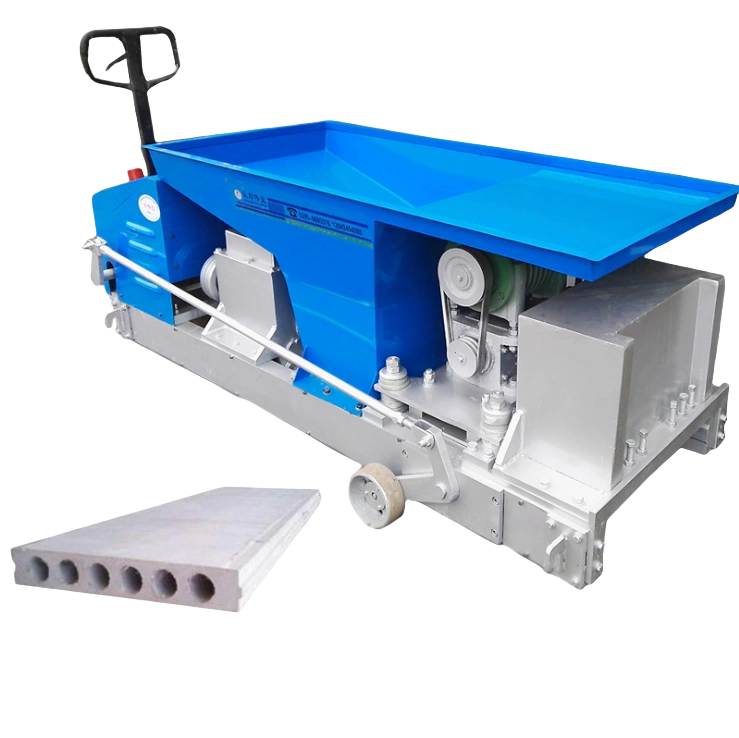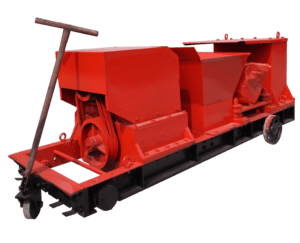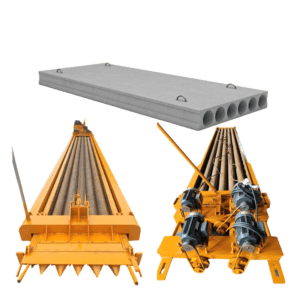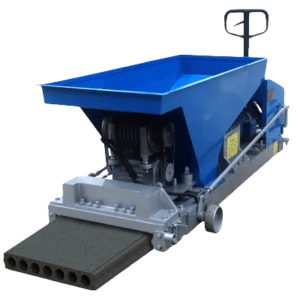How to Make Your Own Wall Panels: A Complete Guide with PrecastWall panel manufacturing equipment
Introduction
Wall panel manufacturing equipment is driving a major shift in the global construction sector, as the industry increasingly turns to prefabricated solutions. Lightweight concrete wall panels are at the forefront of this revolution. With growing demand for affordable and eco-friendly housing—especially in developing regions like Africa—mastering DIY wall panel production using machines pour panneaux muraux préfabriqués presents a scalable opportunity for entrepreneurs. This guide demystifies the process, from raw materials to finished panels, by leveraging efficient, cost-effective machinery.
Step 1: Understand the Core Equipment – Precast Wall Panel Machines
Precast wall panel machines automate the production of uniform, high-strength panels. Key types include:
- Precast Extrusion Machines (e.g., JQT Series):
- How They Work: Raw materials are fed into a hopper, where spiral augers force the mixture through a mold cavity. Simultaneous vibration (50-60 Hz) and hydraulic pressure compact the material into hollow panels.
- Output: 1.5–3.2 meters per minute, producing panels with 4–20 hollow cores (Ø58–110 mm) for optimal weight reduction.
- Supporting Equipment:
- Concrete mixers, cutting machines (diamond blades for precision), and steam-curing chambers to accelerate hardening.
Table: Technical Specifications of Popular Machines
| Model | Panel Thickness (mm) | Speed (m/min) | Power (kW) | Daily Output |
|---|---|---|---|---|
| JQT6×60 | 60 | 1.5–2.5 | 22 | 450–550 m² |
| JQT9×60 | 90 | 1.5–2.8 | 30 | 550–650 m² |
| JQT20×60 | 200 (double-layer) | 0.8–1.6 | 37 | 400–500 m² |
| Source: Henan kelai industrial co.,ltd données |
Step 2: Raw Materials & Eco-Friendly Formulations
Lightweight panels prioritize sustainability:
- Base Materials: Portland cement (32.5 grade), industrial waste (60%+), such as fly ash, slag, or crushed construction debris.
- Aggregates: Expanded perlite, volcanic rock, or agricultural waste (e.g., rice husk) for thermal insulation.
- Reinforcement: Low-carbon steel wire mesh (Ø1.6–5 mm) embedded during extrusion to boost tensile strength.
Formula Tip: Adjust mixes locally—e.g., use volcanic ash in East Africa or rice husk ash in West Africa to reduce costs.
Step 3: Production Workflow
- Mixing: Combine cement, aggregates, and water in a rotary mixer for 5–7 minutes until homogeneous.
- Extrusion:
- Feed material into the machine hopper. Vibration (60 Hz) + auger pressure eliminates air pockets, creating seamless panels.
- Durcissement:
- Steam-cure at 60–80°C for 12–24 hours to achieve 70% strength.
- Cutting & Finishing:
- Use diamond-tipped saws to cut panels to size (e.g., 600/1200 mm lengths). Surface grinding ensures smooth edges.
Step 4: Why Africa Needs Precast Wall Panel Machines
Africa’s construction boom demands rapid, low-cost solutions:
- Vitesse: A JQT9×60 machine produces panels for a 100m² house in 2 days vs. 4+ weeks for brickwork.
- Affordability: Panels cost 30–50% less than conventional materials by using local waste.
- Climate Resilience: Hollow cores improve thermal insulation (30% energy savings) and resist humidity/mold.
- Case Study: Ghana’s Accra Affordable Housing Project used precast panels to build 500 units in 6 months, cutting labor costs by 40%.
Step 5: Launching Your Wall Panel Production Line
- Starter Investment:
- Precast Wall Panel Machine: 10,000–50,000 (JQT series).
- Auxiliary tools (mixers, cutters): 3,000–10,000.
- Profit Margins:
- Production cost: 8–12/m² | Market price: 20–35/m².
- Maintenance: Auger blades last 30–50 km of production; replace every 6 months.
Conclusion: Building Tomorrow, Panel by Panel
Precast wall panel machines transform waste into durable, low-carbon buildings—ideal for Africa’s urban expansion and sustainable housing goals. By mastering this technology, you join a $12.5 billion global market (projected 2027) while tackling housing deficits.
Next Steps:
① Request machinery demos from suppliers: Henan kelai industrial co.,ltd
② Test local material formulas (e.g., Nigeria’s palm kernel ash).
③ Partner with NGOs/governments for housing projects.
“The future of construction isn’t just building faster—it’s building smarter. Precast technology turns debris into dreams.” 🌍✨
Si vous le souhaitez, je peux vous fournir plus de détails sur des modèles spécifiques, des fabricants ou des conseils d'utilisation pour ces machines. N'hésitez pas à me le faire savoir !
Si vous souhaitez acheter une machine de fabrication de murs de soutènement préfabriqués présentant un coût élevé et une bonne stabilité, choisissez HENAN KELAI INDUSTRIAL CO. LTD
